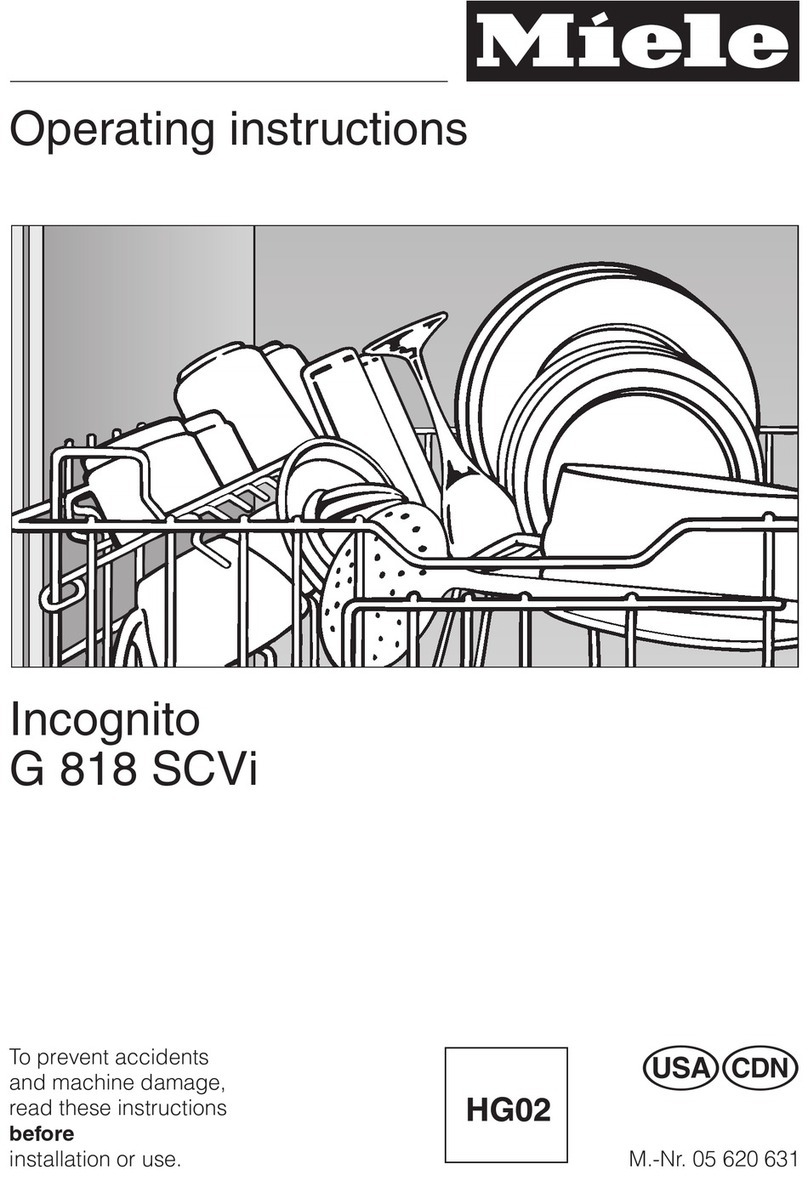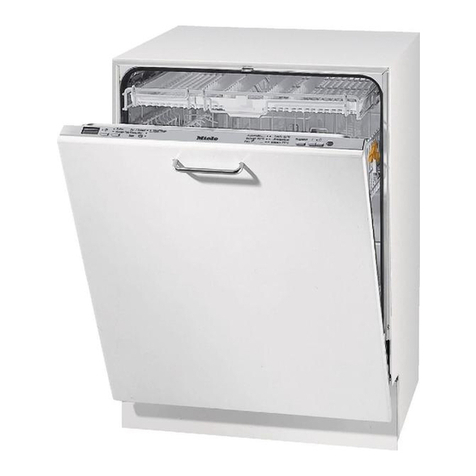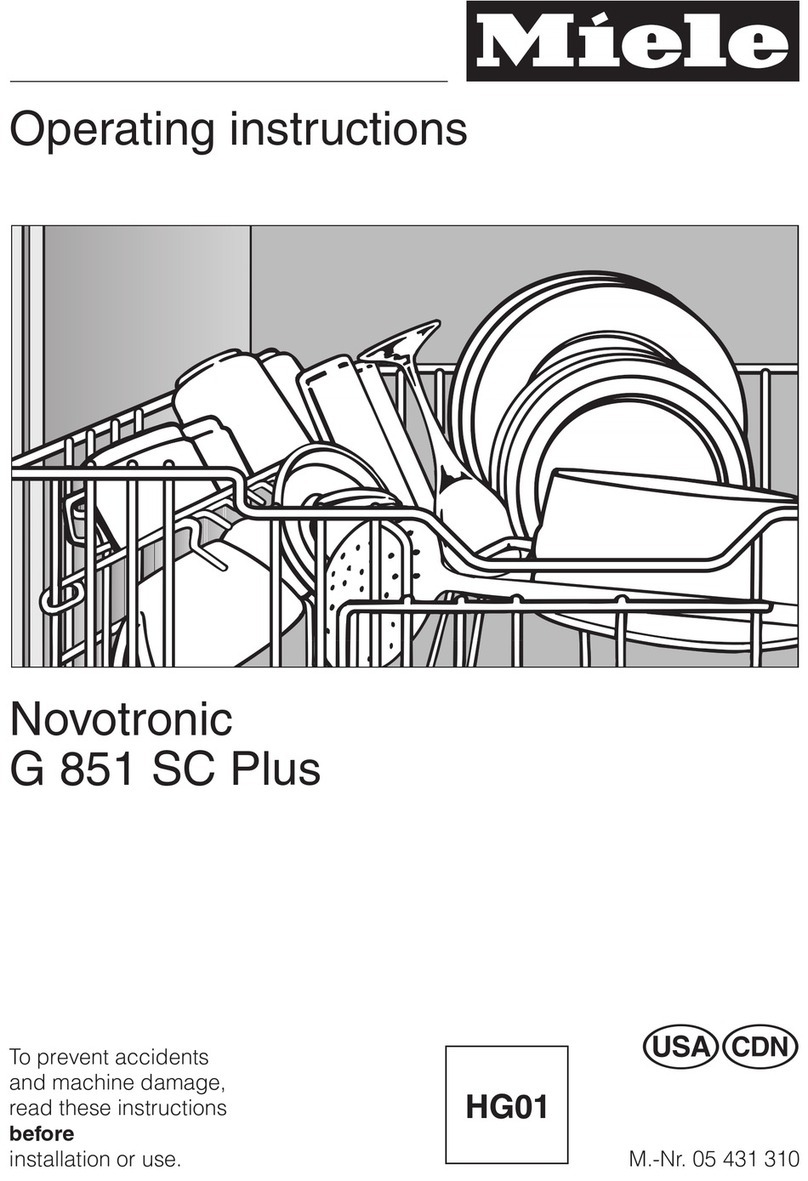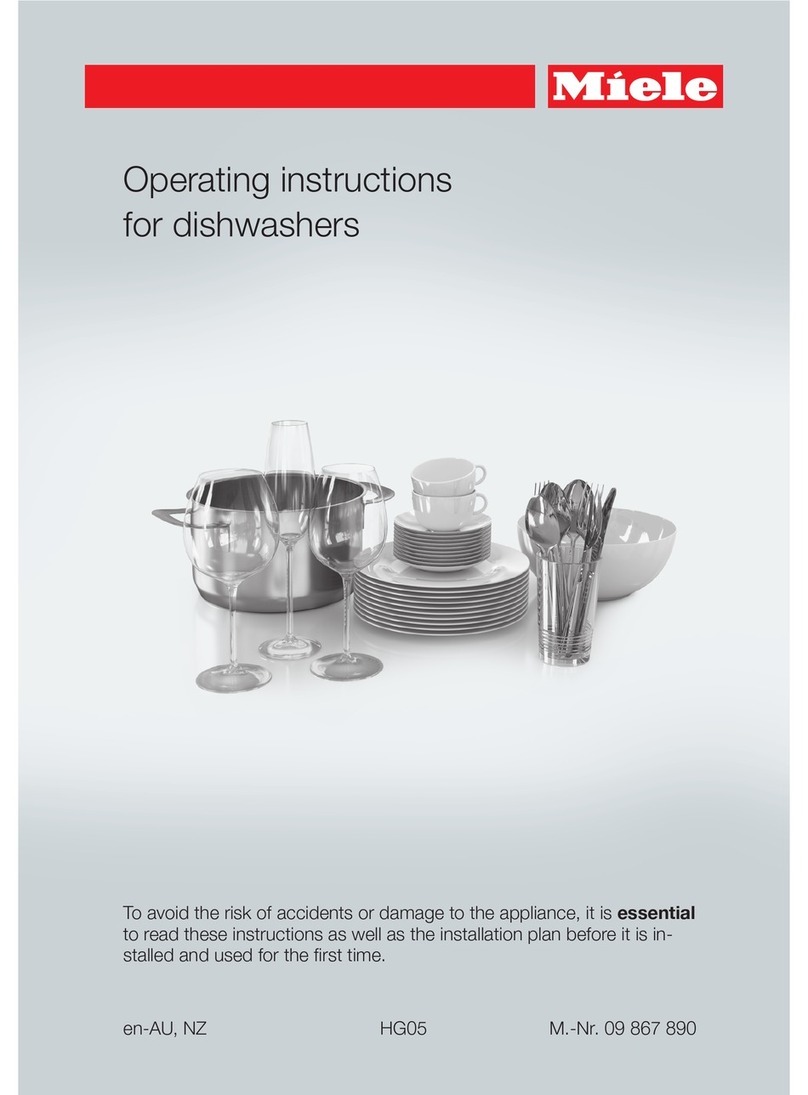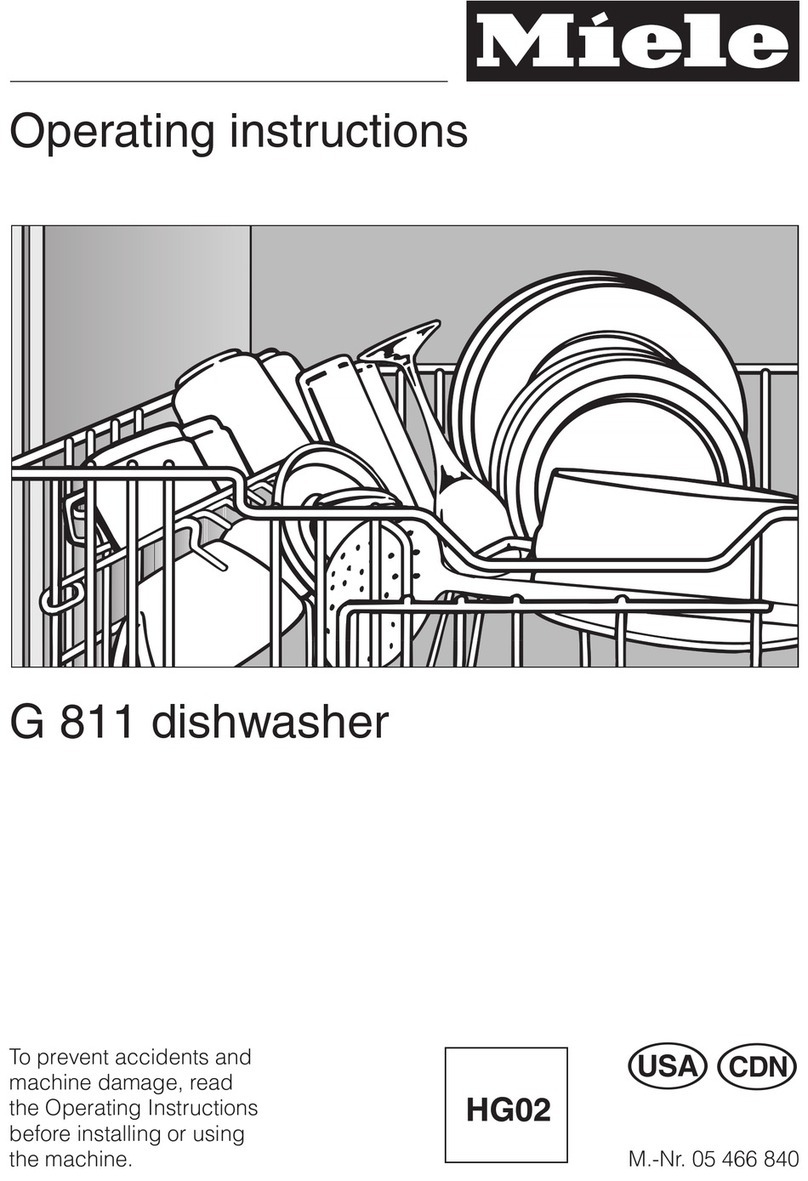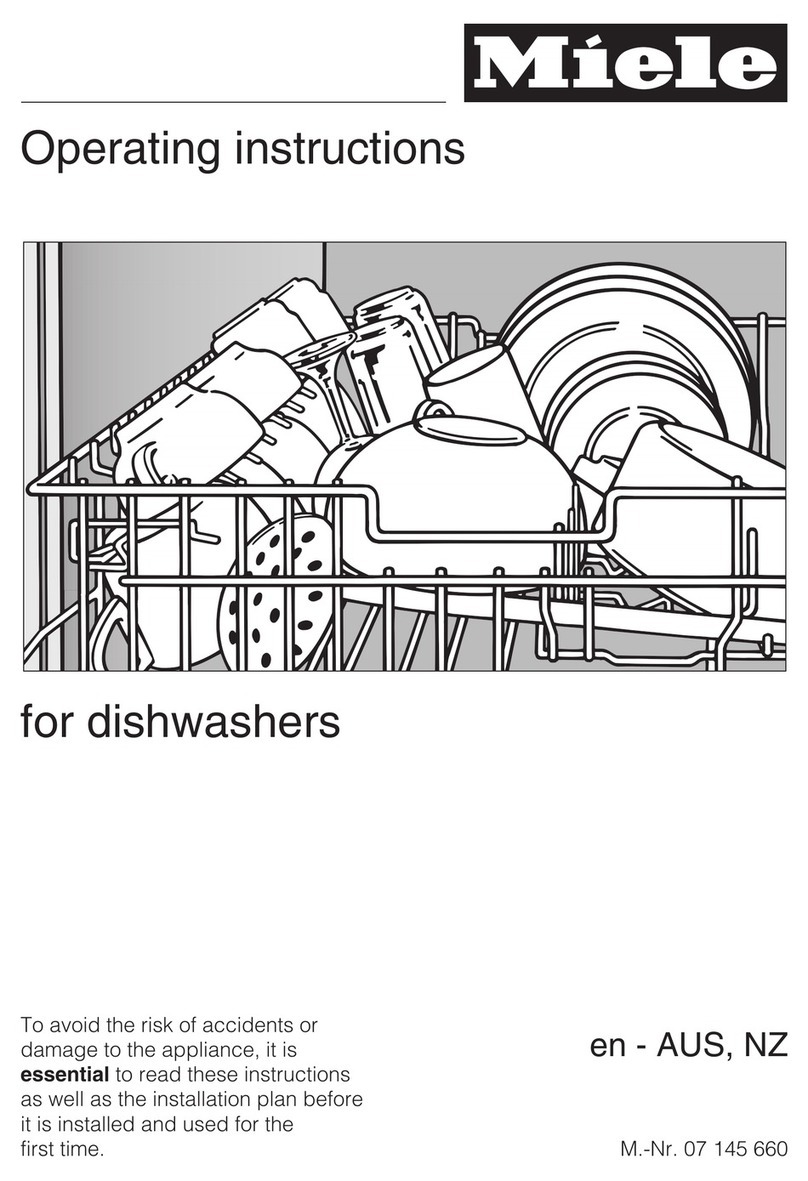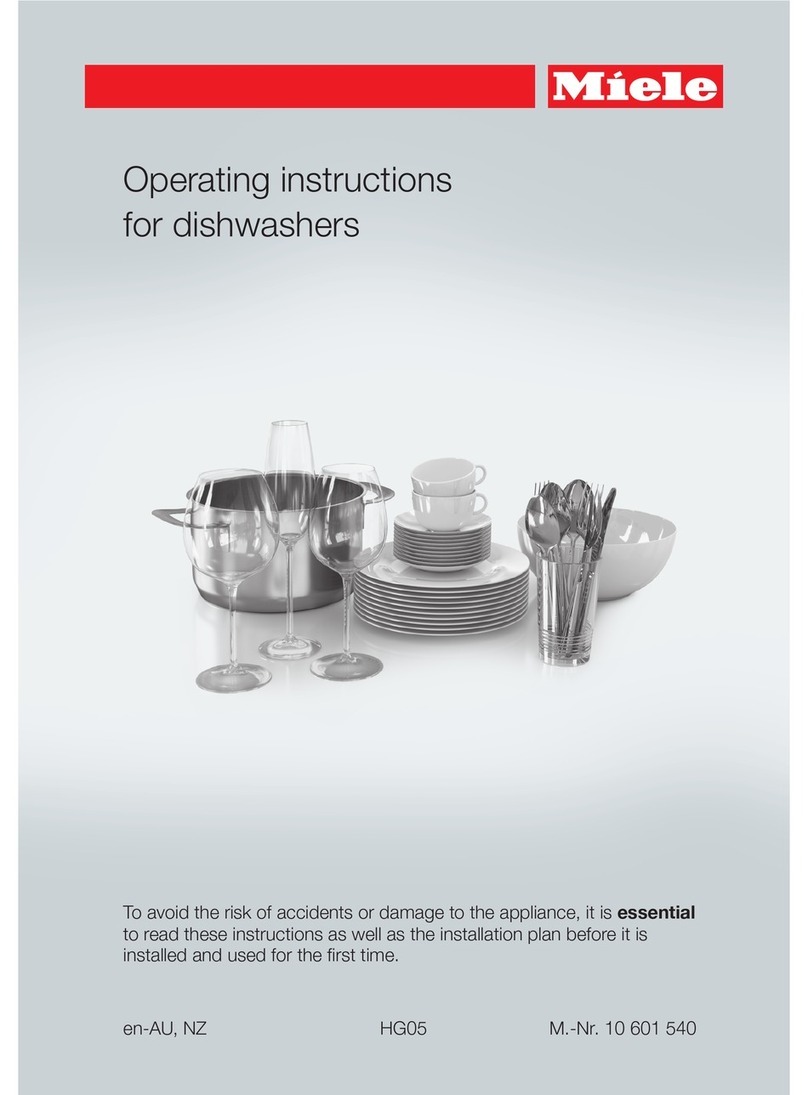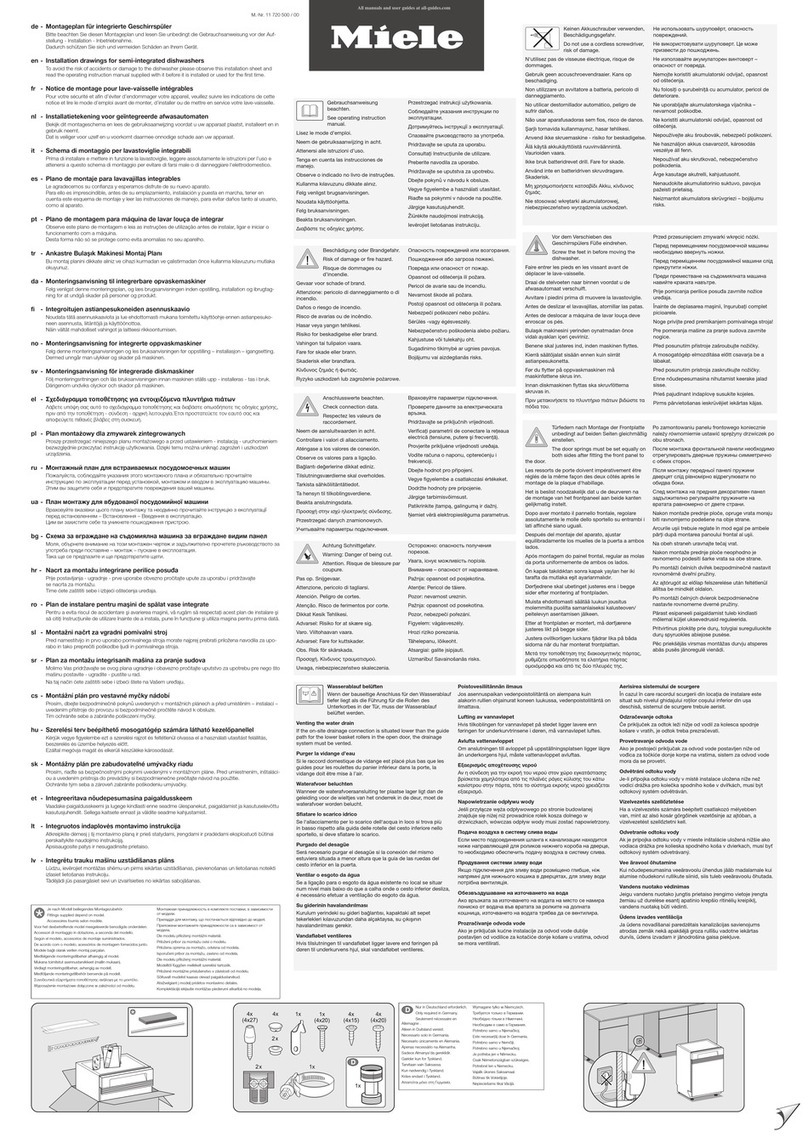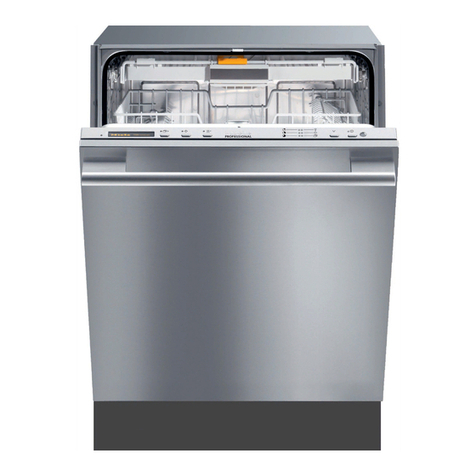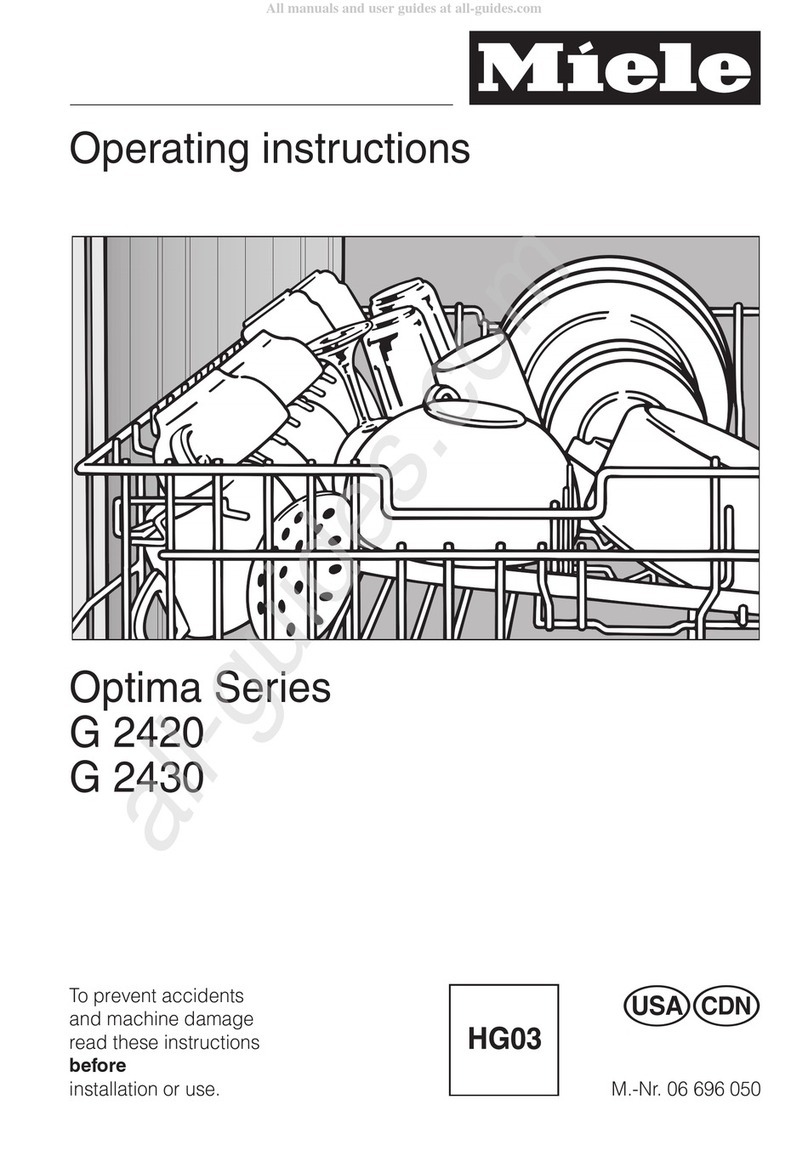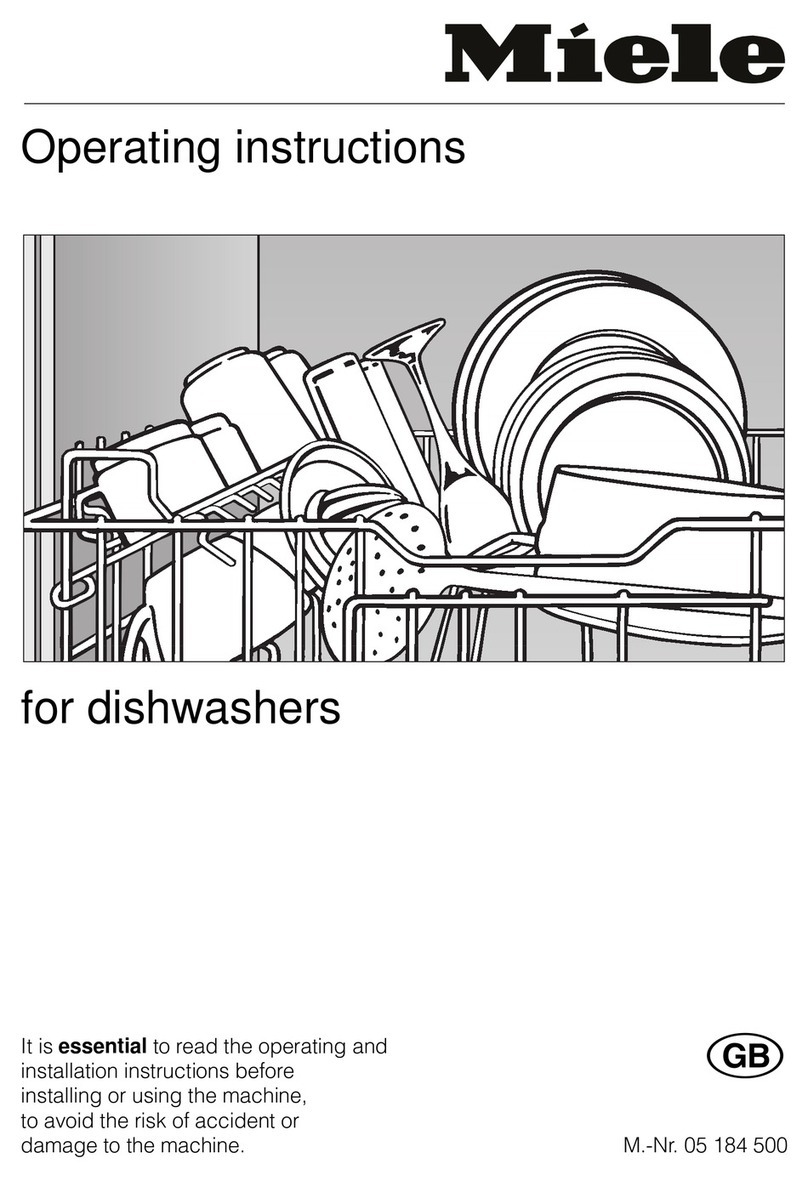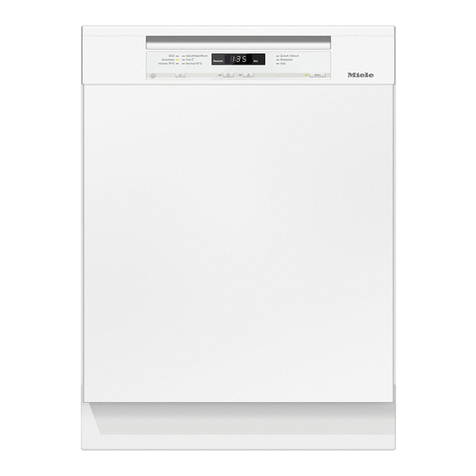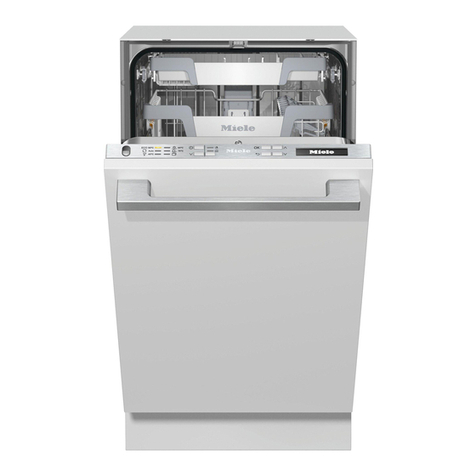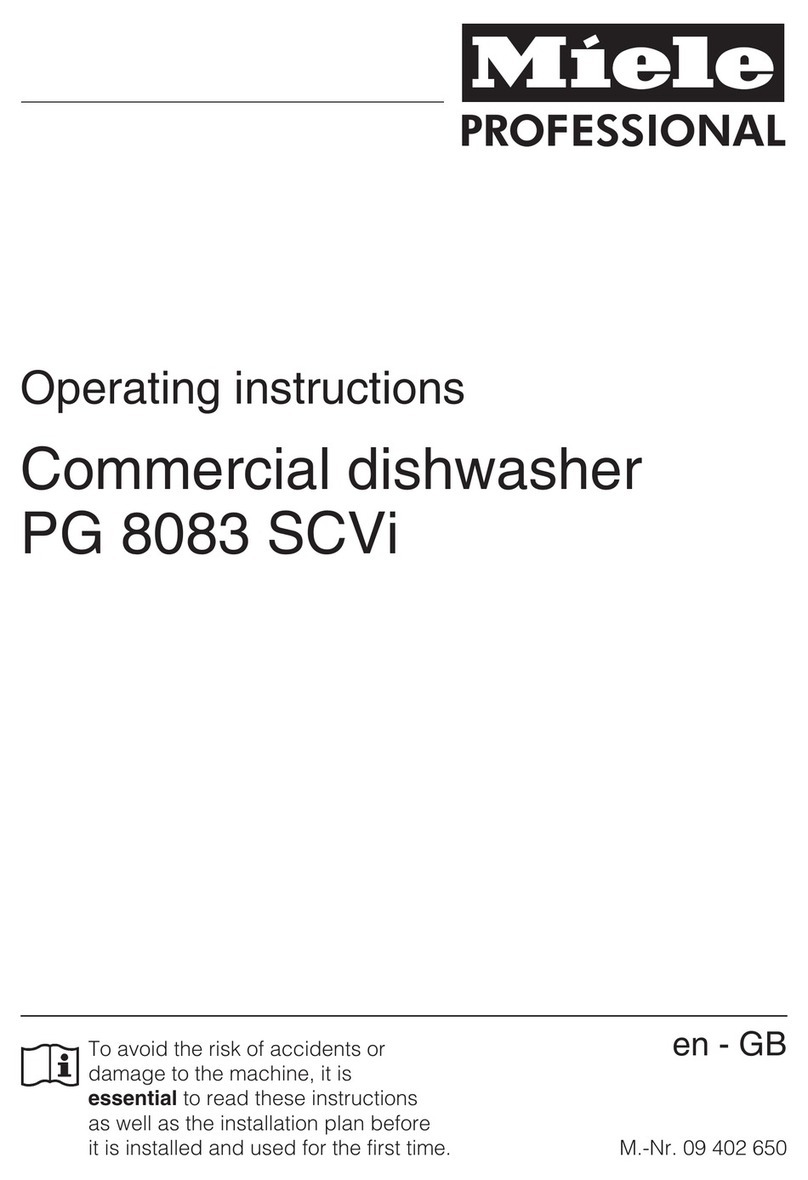This machine complies with all
relevant local and national safety
requirements. Incorrect use can,
however, lead to personal injury and
damage to property.
Read the operating instructions
carefully before starting to use this
machine. This way you will avoid the
risk of accidents and damage to the
machine.
Keep these instructions in a safe
place for reference, and pass them
on to any future user.
Correct use
This machine is designed for
commercial use only, as described
in these Operating Instructions.
Alterations to the machine, or using it
for purposes other than those for which
it was designed, are unauthorised and
could cause harm.
The manufacturer cannot be held liable
for damage caused by improper or
incorrect use of the machine.
This equipment is not designed for
maritime use or for use in mobile
installations such as caravans, aircraft
etc. However it may be suitable for
such usage subject to a risk
assessment of the installation being
carried out by a suitably qualified
engineer.
Please pay attention to the following
notes to avoid injury and damage.
This machine should be
commissioned and then maintained
only by a Miele authorised and trained
Service Technician or other suitably
qualified and competent approved
person. Repairs and other work by
unqualified persons could be
dangerous.
Do not install the machine in an
area where there is any danger of
explosion or of freezing conditions.
The electrical safety of this
machine can only be guaranteed if
connected to a correctly installed
earthing system on site. It is most
important that this basic safety
requirement is tested regularly, and
where there is any doubt, the on-site
wiring should be checked by an
electrician.
The manufacturer cannot be held liable
for the consequences of an inadequate
earthing system (e.g. electric shock).
A damaged machine is dangerous.
Switch off at the mains immediately
and call the Miele Service Department
or an authorised and trained Miele Ser-
vice Dealer or other suitably qualified
and competent approved person.
Warning and Safety instructions
10

